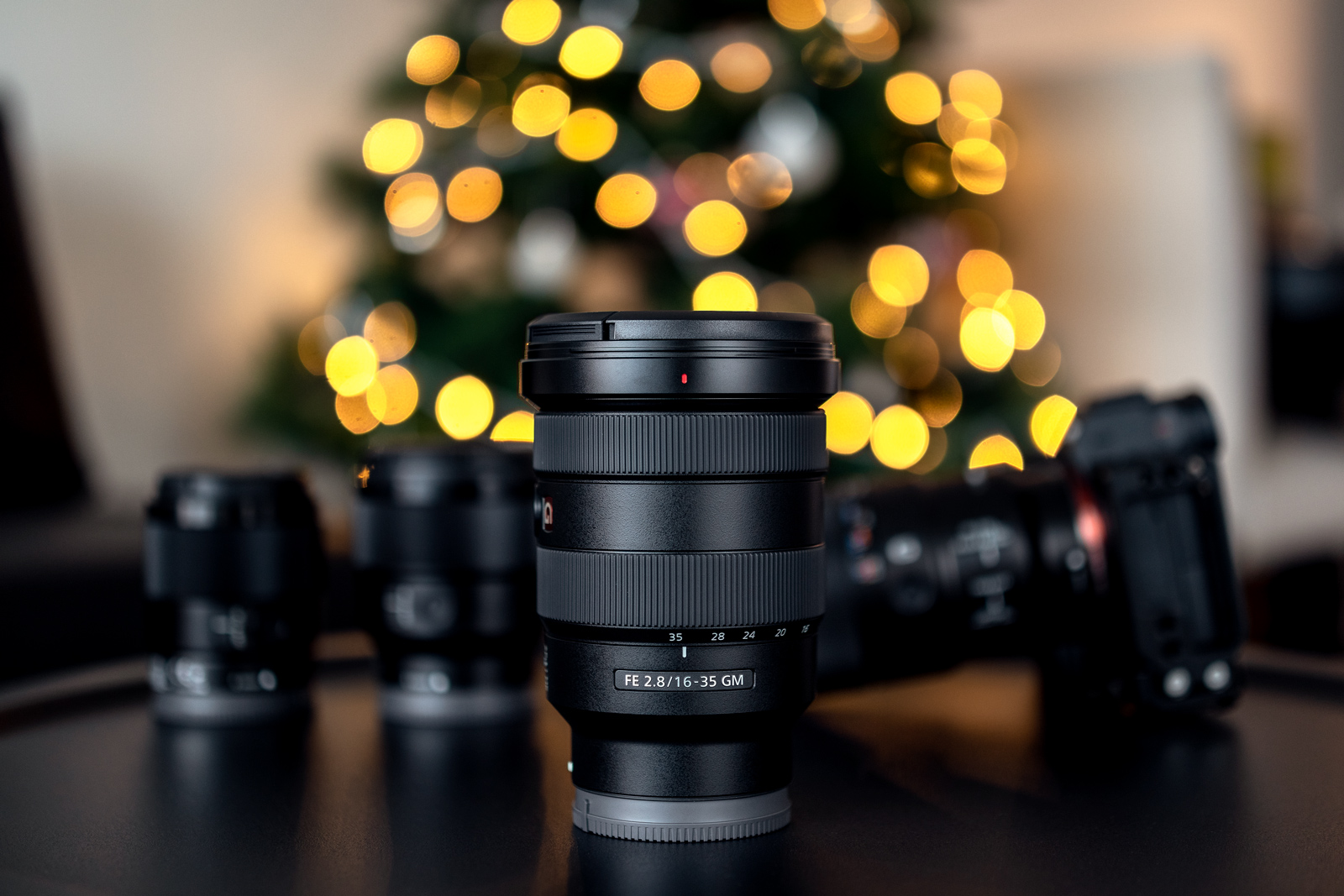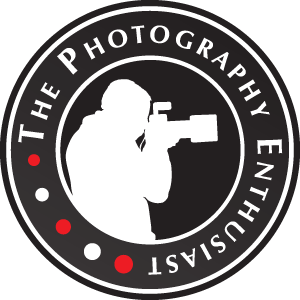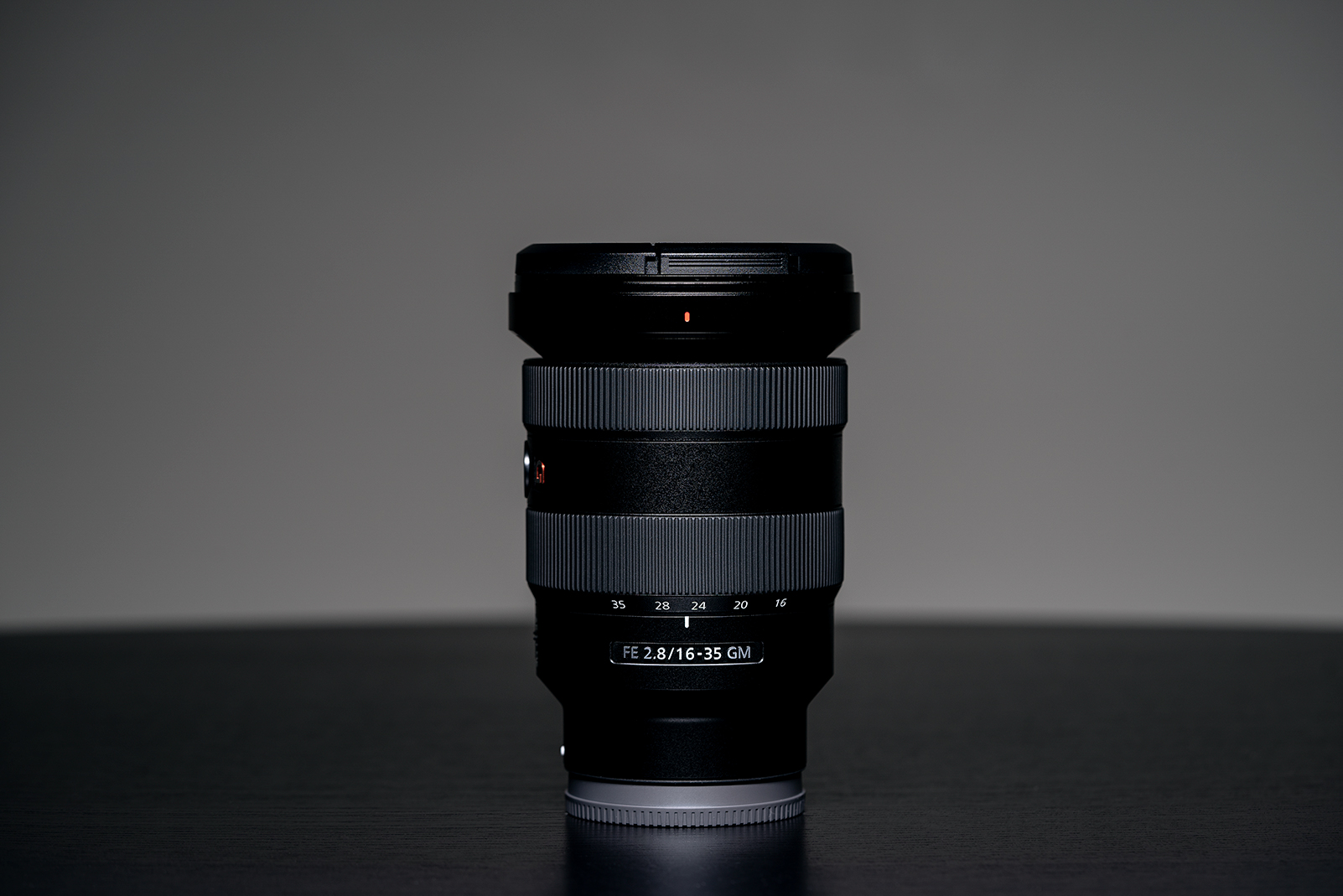Subscribe Here: Apple Podcasts | Google Podcasts | Stitcher | Spotify | RSS
Please Note: This post contains both an audio discussion of this review which I have done as part of my podcast, as well as a written version below.
I had recently been researching a few lenses to decide which should be the next addition to my lineup. After weeks of research I narrowed it down to this lens. Then thanks to Boxing Day sales which were too good to resist, I am now the proud owner of a Sony FE 16-35mm f/2.8 GM lens.

Despite not owning the lens for long, I’ve used it quite a bit. I plan to revisit this after maybe 6-12 months once I get out of that honeymoon stage in case my perspective changes. As usual, this won’t be your typical formatted review. It will be much more casual in nature and from a real world usability standpoint.
Why I Bought This Lens
This is pretty simple, I wanted a native lens and not have to adapt any more.
Although the Canon works well in general use, it does have a few issues when adapted. One of these being the corner performance and vignetting. At 16mm the vignette appears to be slightly stronger than it was on my Canon bodies. I’m not sure if this is specific to this adapter (Sigma MC-11) or would be the same with all adapters.

The Canon also has a heavy vignette with any filters at 16mm which can be annoying. I personally believe this is due to the adapter as I didn’t have this issue when I used the lens on my 6D Mark II. There was still a vignette present when I used the Canon natively but it wasn’t this severe.
If you do some quick research into adapters, you can learn that wide angle lenses are also known to have performance issues when adapted to third party systems.
When it comes to why I chose the 16-35mm GM over the Zeiss and Tamron 17-28mm f/2.8, it came down to IQ. When compared to the Zeiss, I see many people note that it is soft at 35mm and not as sharp across the range like the GM or the Canon.

Now when it comes to the Tamron, this was a bit of a harder choice. The Tamron is very tempting with its light weight and cheaper price, but I feel for me the IQ on the Sony was worth the higher price.
Below is a video by Jason Vong in which he compared the Sony to the Tamron. He provided some sample images which showed the Tamron did well, but I feel the GM was noticeably sharper at 100% which helped reaffirm my choice.
Cost was honestly a deterrent as the GM retails for $3100 AUD compared to $1600 AUD for the Tamron. I did manage to get the GM on sale for $2500 thanks to Boxing Day sales so quite a significant saving.
Also once you factor in the money I’ll get from selling the Canon lens and some of my older gear (Canon M3 kit plus some lenses), I will barely be out of pocket.
I’m hoping to build a kit that will last me a long time to come and this GM lens was a good step in that direction.
The Look and Feel
Upon researching this lens, I found most photos showed it to be roughly the same size as the Zeiss 16-35mm f/4 (I will refer to this lens as the Zeiss for the rest of the review) and a tiny bit heavier than my Canon 16-35mm f/4L IS (I will refer to this lens as the Canon for the rest of the review) version. In the photo below you can see the size comparison to my Canon lens.

If the adapter isn’t connected, the Sony is a tiny bit bigger. I don’t consider the small size difference an issue as the Sony is a full stop faster which is actually impressive. The photo isn’t misleading either, the size difference is honestly next to nothing.

The lens does have a real solid feel to it and I honestly don’t find the weight an issue. When I went on holiday I used the Canon almost exclusively. It did feel heavy at times but nothing unbearable. Because of this, I know the Sony will make a great travel lens.

Although nothing bad about the lens itself, I wasn’t prepared for the 82mm filter size. I use square filters for their adaptability, but you do need the right size adapter ring to be able to utilize them. I have now ordered and received a Nisi V6 filter holder so I look forward to further testing with this lens.
Does it Meet Initial Expectations?
I would say that this is a definite yes.
I was honestly hesitant to buy it as you’ll find many people online like to fluff up the quality of their favorite brands, but this lens is fantastic.


When I review images at 100% I find that the image is tack sharp across the frame, even wide open at f/2.8. It’s worth mentioning I actually found this to be true for the Canon 16-35mm as well when used natively, but not so much in the corners when adapted.
For me I use my UWA lenses for Cityscapes, landscapes and long exposures. It’s not a general purpose lens for me unless I’m traveling. Considering that this lens has a decently fast aperture, I can easily use it at 35mm and may not need to bring my Sony FE 35mm f/1.8.
Things That I Don’t Like
This is a hard topic as I honestly can’t really find any faults with this lens. It would obviously be great if it was smaller and even lighter, but considering it is barely bigger than an f/4 variant I think they have done well in this regard.

Price is another area I would see as a bit of a negative. I personally wouldn’t pay full price for it, but considering the quality and pricing of competitors lenses I would say the sale price I got it for is quite fair.
The 82mm filter thread is a bit annoying too, especially if you are someone who uses screw on filters. Thankfully for me, my recently purchased Nisi V6 holder comes standard with an 82mm ring.
All the issues mentioned are more nitpicks than actual issues. I feel I had to mention some despite the fact I am really happy with this lens.
Below are a collection of images I have taken with this lens.








This concludes my short review of the Sony FE 16-35mm f/2.8 GM lens. If you enjoyed this review or have any questions, make sure to leave a comment below.
You can also subscribe using the form below if you want to be notified whenever we make a new post.



Leave a Reply to Daniel LeeCancel reply